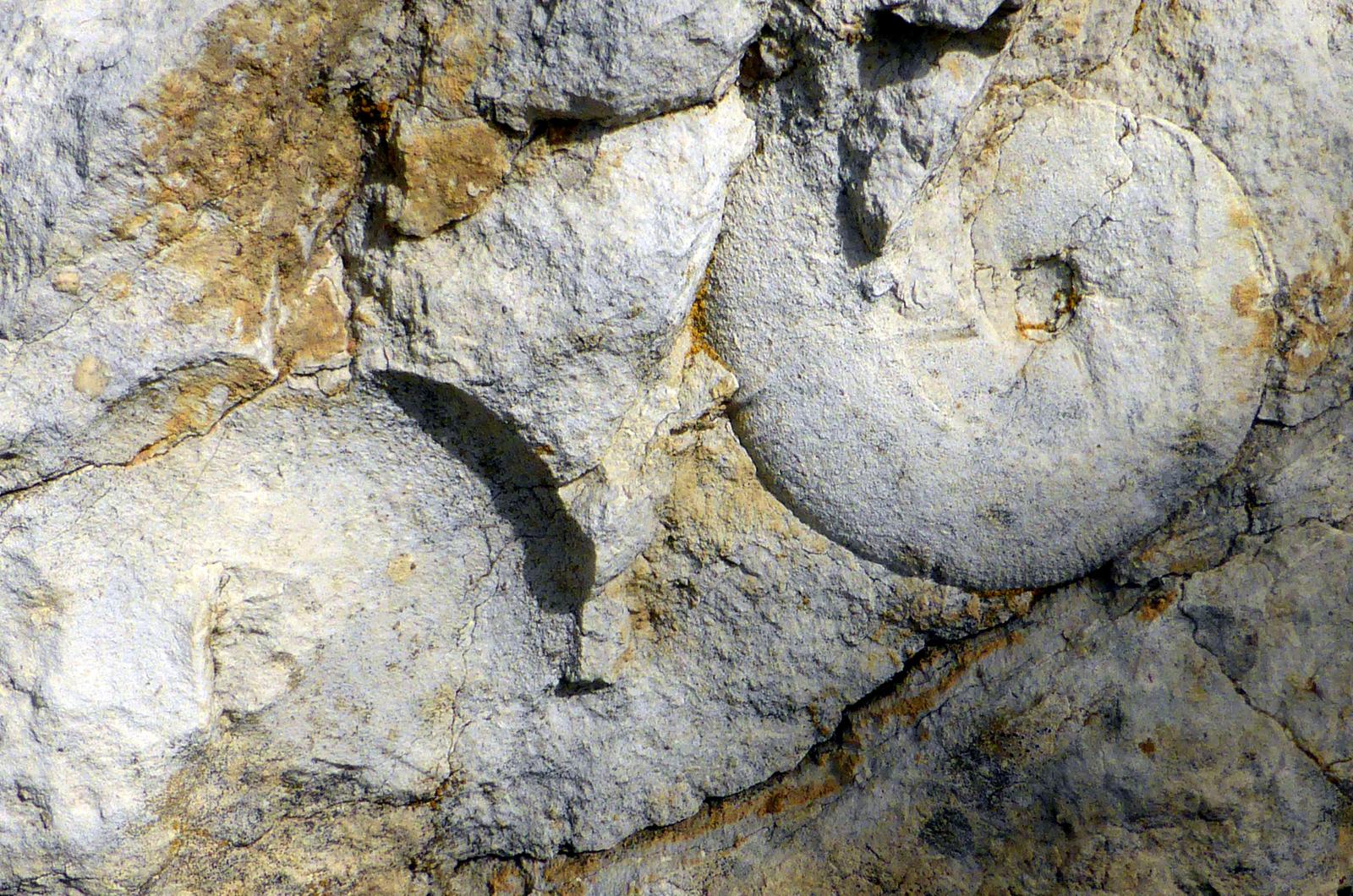Calizas de Esponjas del Camino del Chorro
Singular places
, Cazorla
Calizas de Esponjas del Camino del Chorro
In the westernmost part of the Sierra de Cazorla, the Cazorla and Chorro tectonic scales, the Oxfordiense is represented, in addition to nodular limestones and loamy-calcareous rhythmites, by bioconstructions of sponges and stromatolites, some of which perfectly preserve the depositional morphology , giving reliefs as mounds ("mounds") constituted by sponges and, mainly, by stromatolites. Spongiaries, siliceous sponges epigenized to calcite, appear above all in the lower part of the bioherm, at first disorganized and fragmented and later adapted to different surfaces.
On the contrary, the stromatolites constitute the majority of the bioconstructed body, and begin as planar to later move on to centrimetric columnar forms that together give domes of almost half a meter in diameter. Some of these depositional morphologies can be observed on the slope of the path that leads from Cazorla to Chorro, where this point of geological interest is located. These deposits culminate in the Oxfordian depositional sequence in the Sierra de Cazorla, which is a deepening sequence, in response to the Oxfordian transgression that caused the disappearance of the Lïas-Dogger platform, whose deposits are crowned by a "hardground" on the that the Oxfordian sequence is arranged. This sequence, in turn, is superimposed on another of a lower Kimmeridgian age, with which the somerization that will culminate the Jurassic cycle begins again.
Source: Inventory of Georecourses of Andalusia. Ministry of Environment. Junta de Andalucía.




